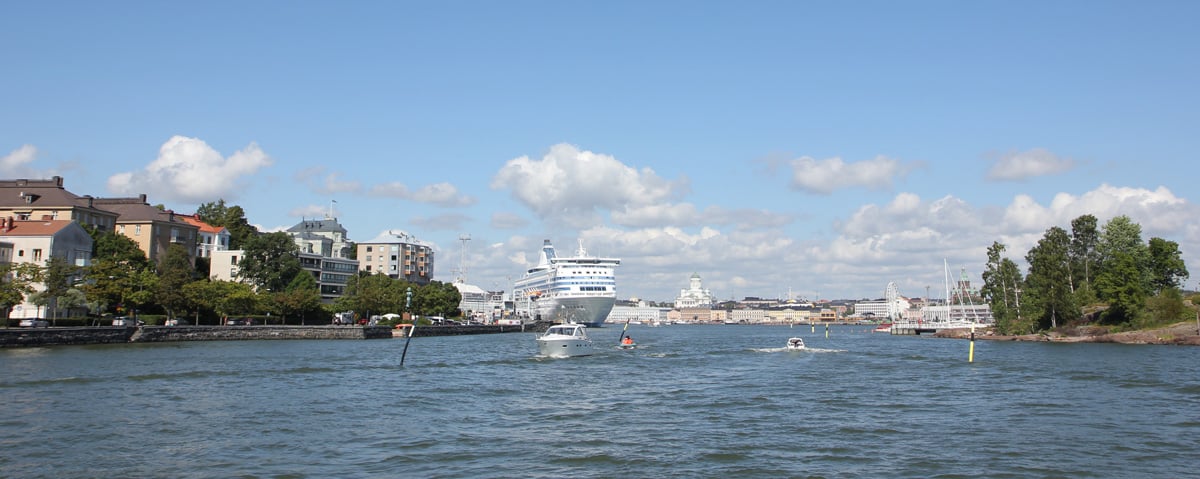These days, fairway managers and port authorities are increasingly being asked by ship owners and operators to integrate AIS into their Aid to Navigation (AtoN) devices. Naturally, this means that we’re also being asked by our customers what this means in practice and how best to make it happen.
Whether vessels are carrying passengers on a cruise or shipping goods across the globe, safety at sea is always the number one priority. The Automatic Identification System (AIS), required for all vessels over 300 GRT (gross registered tonnage) since 2002, helps to improve safety by allowing ships to view other maritime traffic in their area – and be seen by that traffic themselves.
Applying AIS to AtoN is like creating a kind of ‘super buoy’ that can transmit (and sometimes receive) different types of AIS messages. But there’s no simple one-size-fits-all solution when it comes to implementing a solution. You’ll need to consider things like:
What type of AtoN device do I need, and with what transmission range?
What kind of hardware is needed?
How much power will the AtoN consume?
How does network capacity impact my decision?
To answer these questions, and more, we created our “AIS for ATON Quick Guide.” It’s packed with helpful information and tips to help you make the best decision for your specific needs, so download the guide today!

